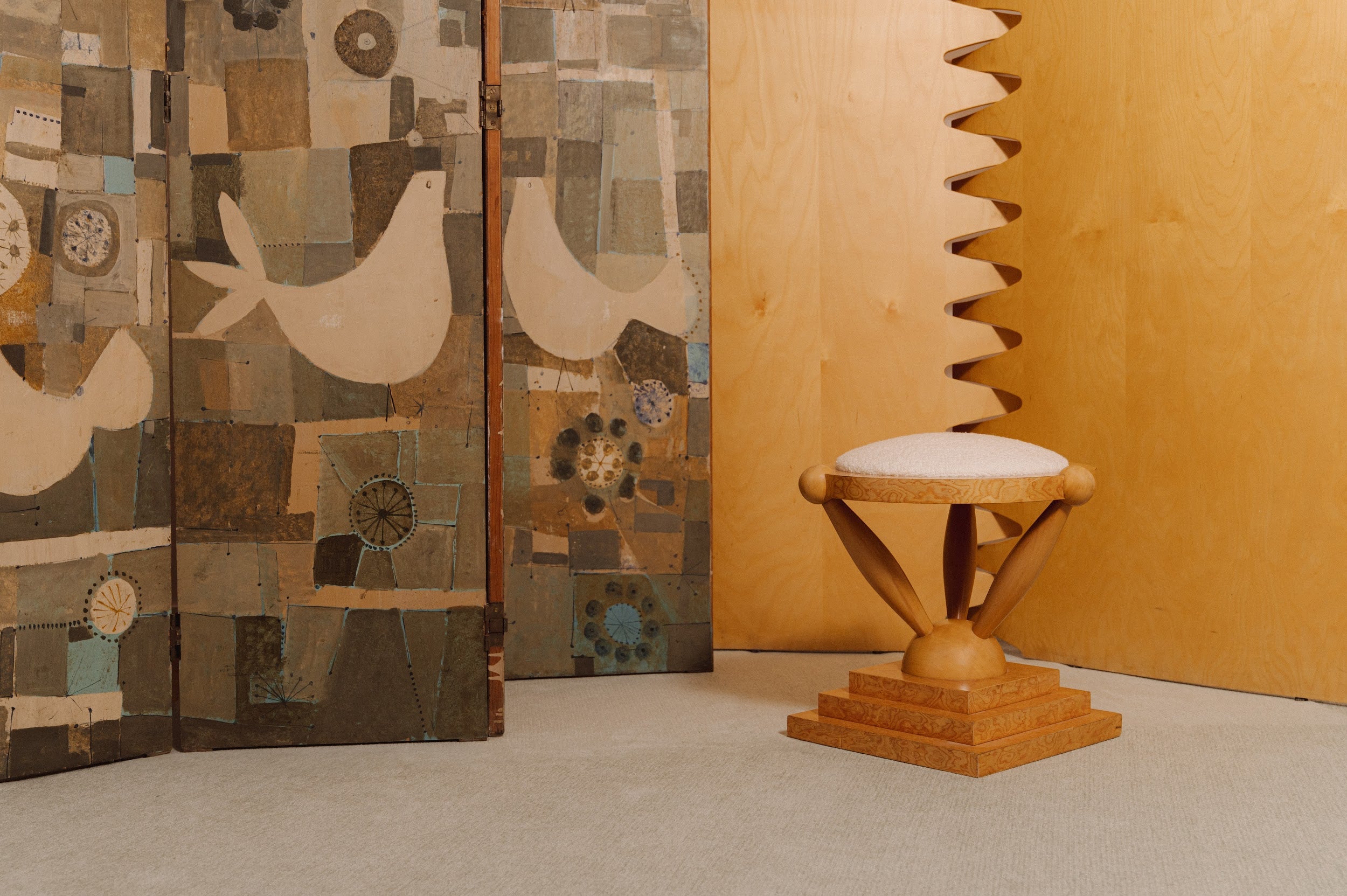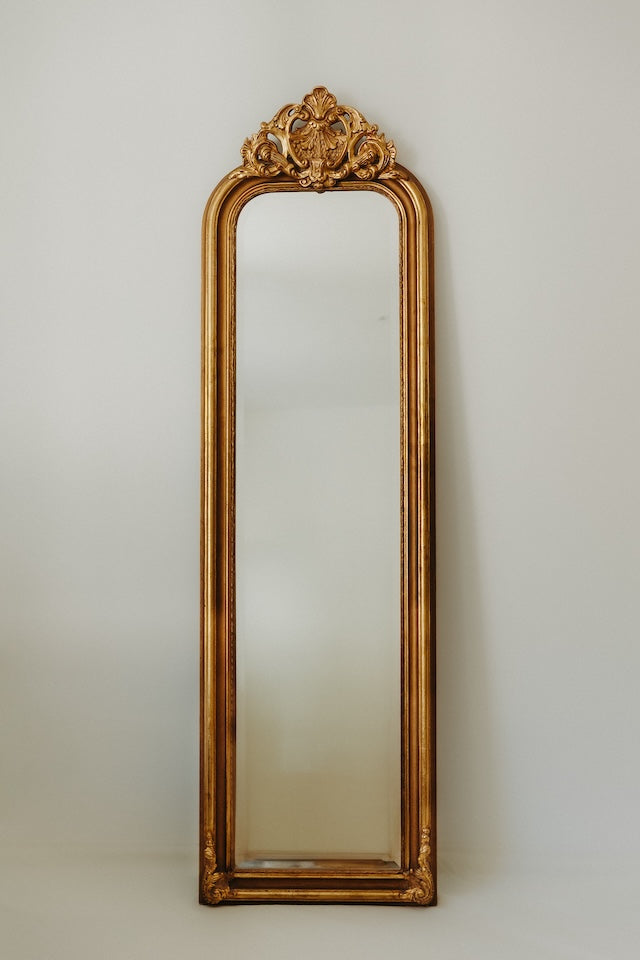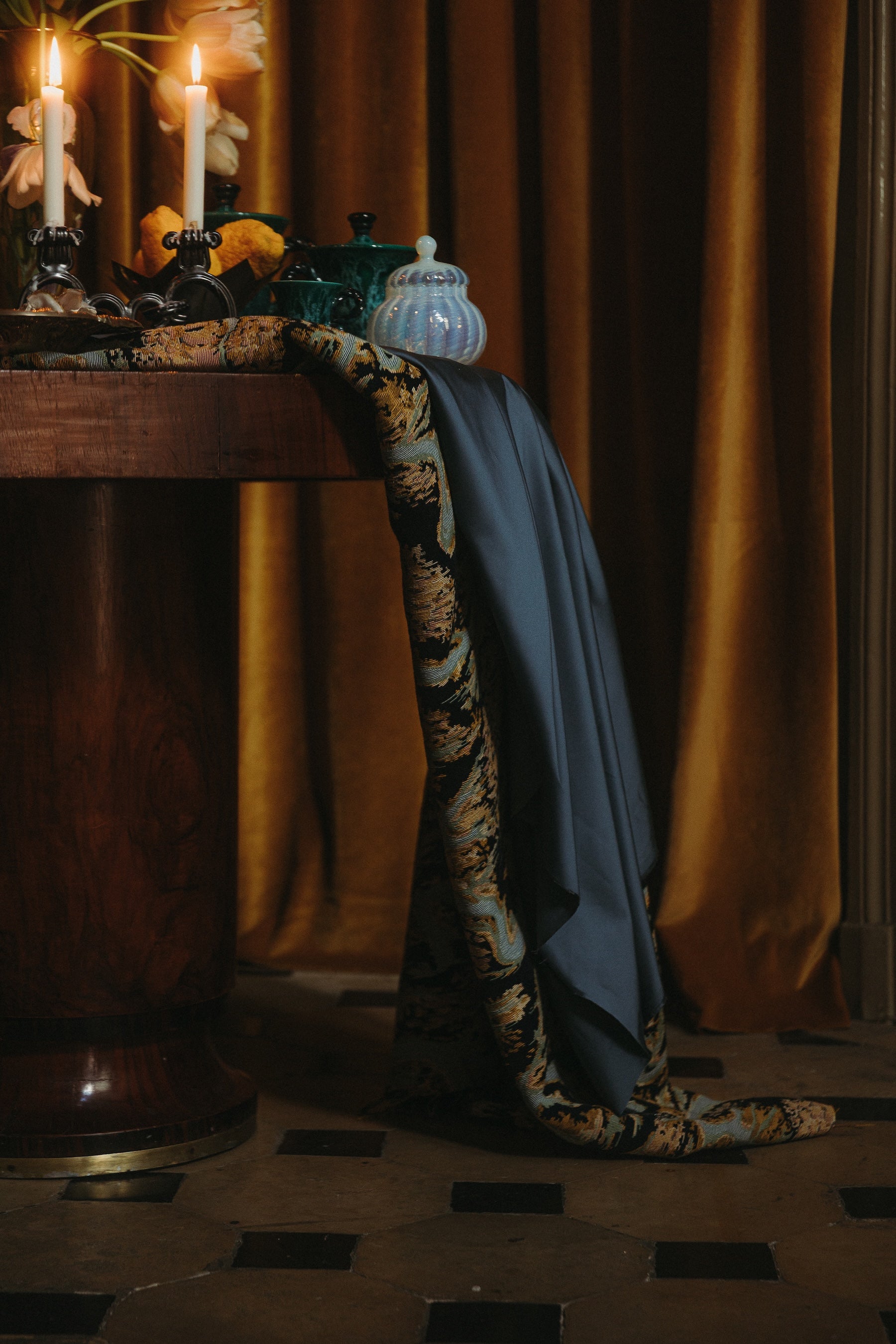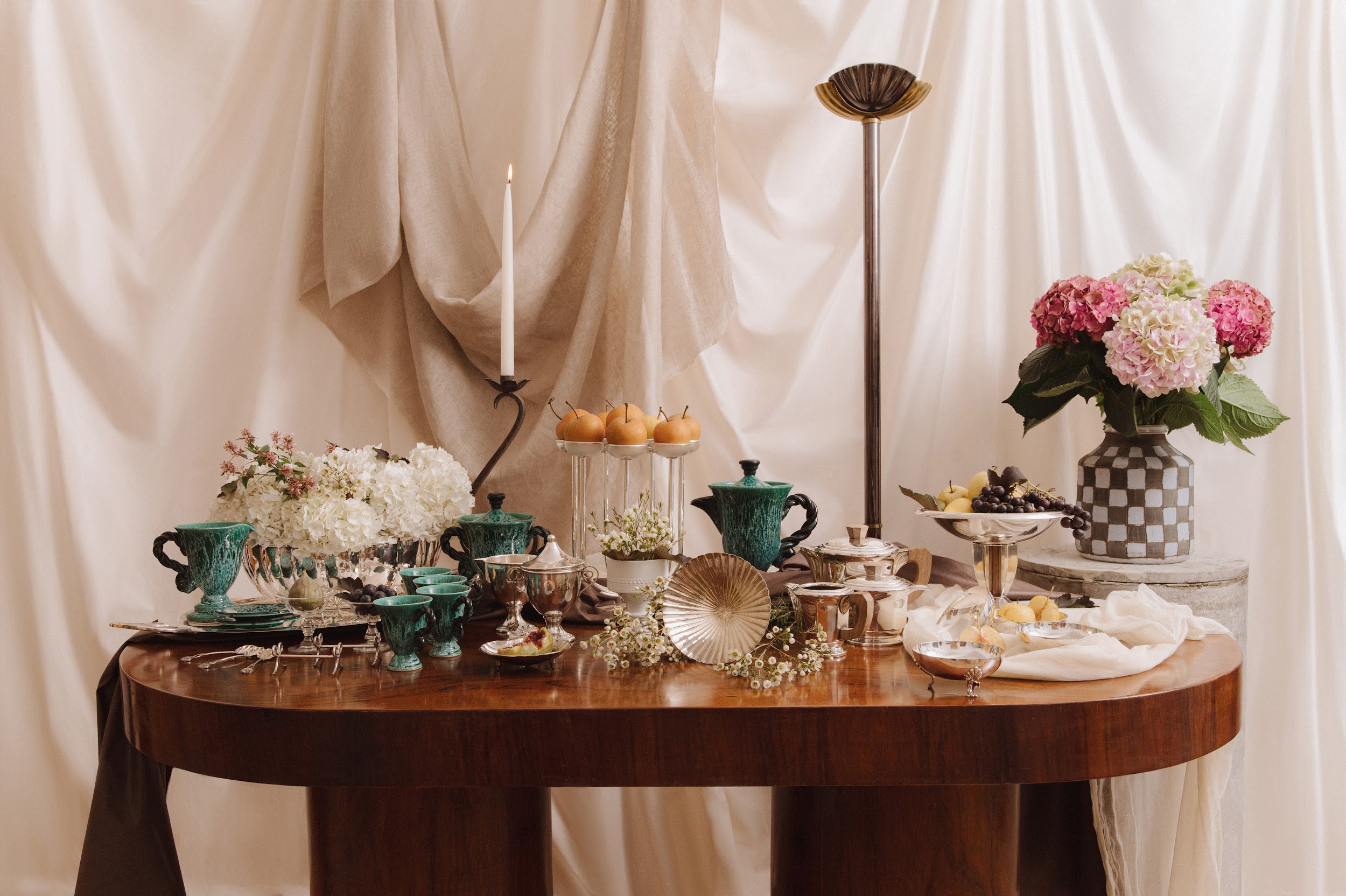
OBJECTS OF DESIRE - SCREENS
Rule #1: Dare, without being intimidated by its size, its history, or its beauty.
If we have in mind the interior of Gabrielle Chanel at the Ritz, dressed in monumental Coromandel panels, there is reason to be impressed by their preciousness, their dimensions and their accumulation! However, we can make uninhibited use of the screen. Even the one whose poetry captivates the eye, by the delicacy of the design or the contrasting play of materials that make it a painting.
Rule #2: Anything is possible with the right screen.
Does the room lack character or relief? Is it too bare with its all-white walls? Does its furniture seem a bit classic? The right screen will then fulfill its function as a work of art in its own right, through its warm, colorful or offbeat presence, and through its clever use. Playing with the angle of the folding of the panels allows you to take bold decisions such as dressing an entrance, livening up the end of a boring corridor, occupying the side of a fireplace or improvising a headboard.
Rule #3: Experiment to find your place in relation to the rest of the decoration
Sometimes we search for a long time for the best positioning, moving the screen from one side of the room to the other, until it finally settles in what becomes its perfect and exclusive configuration! We use a light background for contrast or a pair of colored seats as a counterpoint. We place it so that the light is reflected or filters as best as possible if it is openwork. In short, we make it dialogue with its environment. Finally, screens are not like other pieces of furniture. They are more like those characters, unique and original, that we remember long after having crossed paths with them, unless we have simply brought them into our lives!








